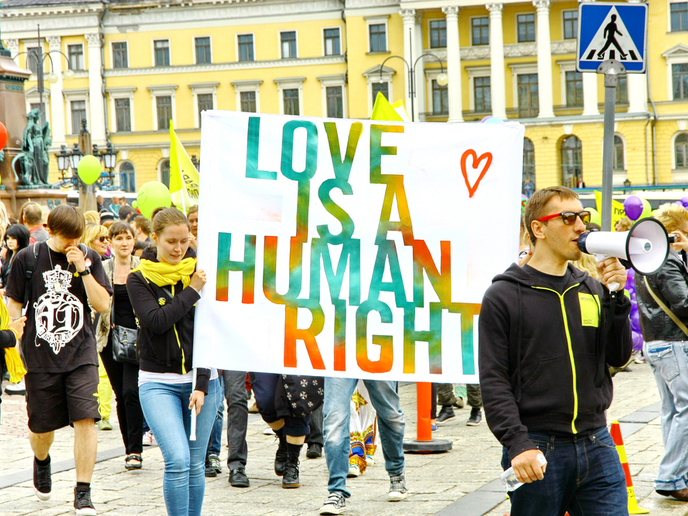Networks improve displaced people’s self-reliance and resilience
According to the United Nations High Commissioner for Refugees(opens in new window), about 16 million people worldwide remain in exile for years without the prospect of return, resettlement or local integration. This so called protracted displacement leads to economic instability, social marginalisation, legal insecurity and future uncertainty. Policy solutions often fail to recognise displaced people’s actual needs. They also limit their opportunities rather than broaden them.
Sustainable solutions for long-term displacement
To better understand these protracted displacement situations, the EU-funded TRAFIG(opens in new window) project performed empirical research in Africa, Asia and Europe. Over 3 120 people were engaged during the 3.5-year period. Research centred around five factors that help or hinder people from moving out of protracted displacement: governance regimes; local social practices and livelihoods; cross-border networks and movements; intergroup relations between displaced people and hosts; and development incentives for hosting refugees. “From more than 2 800 interviews with displaced persons, policymakers and practitioners, a troubling and consistent picture emerged: refugees and internally displaced people attempt to build a new life after their violent displacement but constantly run into obstacles, barriers and dead ends,” explains TRAFIG scientific coordinator Benjamin Etzold, a senior researcher at the Bonn International Centre for Conflict Studies(opens in new window). “Hundreds of displaced people shared with us their feelings of uncertainty and temporariness and the sense of an endless wait for an opportunity that’s not guaranteed – namely a clear path to get out of a tangled maze of temporary solutions, year after year.”
Turning attention to displaced people’s connectivity and mobility
Project partners assessed how far the very challenging circumstances under which displaced people live – often for many years – are affected by government policies, asylum systems, protection frameworks, the provision of aid and local economies where they live. They also analysed social network relations, economic interactions and mobility beyond the respective living places and host countries. Findings published in the TRAFIG Synthesis Report(opens in new window) showed that most refugees are often much better connected than previously thought. They use their cross-border networks to make a living, keep in touch with loved ones and build a better future. However, the extent, intensity and reliability of transnational ties varied considerably between countries, sites and focal groups. “In a nutshell, the better local, national and transnational support networks function, the better displaced people can cope with multiple challenges they encounter after displacement,” states Etzold, “and the easier it is for them to rebuild their lives and thus move out of a protracted situation.”
Supporting policymakers and practitioners to help displaced persons
The TRAFIG Policy Handbook(opens in new window) provides takeaways, examples, policy recommendations and best practices. It offers essential advice in achieving people centred and sustainable solutions to long-term displacement. TRAFIG’s findings contribute to the main objectives of the United Nations High Commissioner for Refugees’ Global Compact on Refugees(opens in new window). The outcomes will be useful for those working on refugee protection, local integration, resettlement, as well as return and circular mobility. The research results also provide new insights for humanitarian aid and development policy in countries of first reception. A toolkit for practitioners(opens in new window) delivers practical ideas on how to strengthen connections in displacement. “We understand much better now how long-term situations of displacement emerge and to what extent they are influenced by refugees and internally displaced persons’ social networks,” concludes Etzold.







